Some junk foods have missed the mark so spectacularly that even kids, typically the target audience for these tasty treats, refused to indulge. From bizarre flavors to unappealing textures, these foods have become infamous for their failure to captivate young taste buds. This blog post explores 11 such junk foods, each with its own peculiar story of downfall, proving that not every confection is destined for sweet success.
New Coke
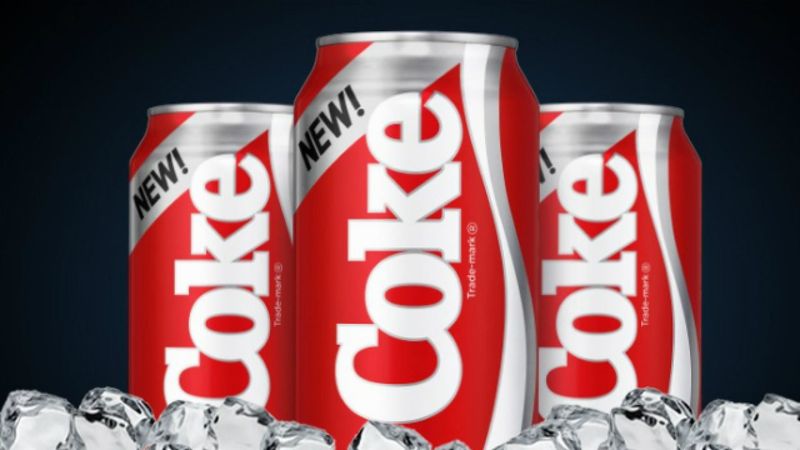
When New Coke was introduced in 1985, it should have been a game-changer. However, it quickly fizzled out, leaving the world puzzled. Children, who usually revel in the sweetness of soda, found themselves unimpressed by the taste overhaul.
The new formula was supposed to be smoother and sweeter, but instead, it was perceived as just plain wrong.
Many loyal Coke fans demanded the return of the classic recipe. This marketing blunder remains a lesson in brand loyalty and consumer preference. New Coke’s brief existence became a pop culture reference for misguided innovation.
Crystal Pepsi
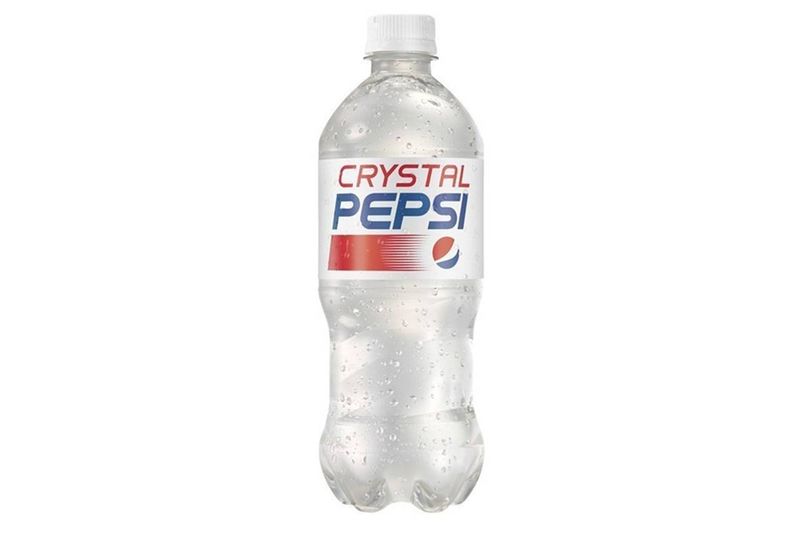
Crystal Pepsi entered the scene in the early ’90s, promising a clear cola experience. Despite the initial excitement, kids were turned off by the mismatch between appearance and taste.
The lack of caramel coloring made it visually intriguing, but the taste did not match the classic Pepsi they loved.
Consumers soon realized that the novelty was superficial. Crystal Pepsi faded from shelves, remembered more for its marketing hype than for satisfying cravings. Its story highlights the gap between innovative ideas and the importance of familiar flavors.
Orbitz Soda
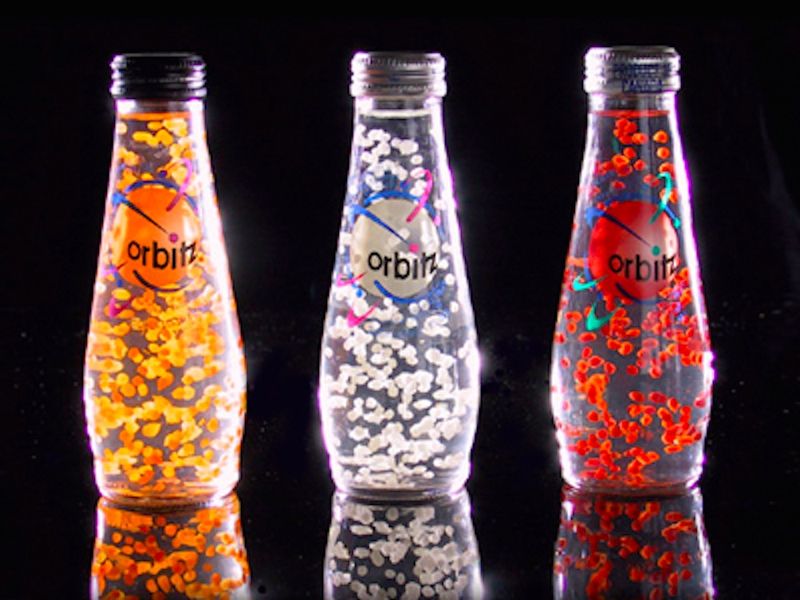
In the late ’90s, Orbitz soda aimed to dazzle with its floating edible balls. While the concept was visually captivating, the taste experience left much to be desired. Kids, often enthralled by novelty, found the texture off-putting.
The beverage felt more like a science experiment than a thirst-quencher.
Orbitz’s unique approach was unable to overcome the disconnect between appearance and enjoyment. This soda’s short-lived presence serves as a reminder that creativity must be matched by palatability in the world of food and drink.
Cheetos Lip Balm

Cheetos Lip Balm was an odd venture into personal care that puzzled both kids and adults. The idea of wearing cheese-flavored lip balm baffled those who tried it.
Though Cheetos are famously loved as a snack, translating the cheesy flavor to a beauty product was a mismatch.
Children who expected a fun twist on lip care were met with an overwhelming cheesiness that was hard to embrace. This peculiar product serves as a case study in knowing your market’s tastes and boundaries.
Colgate Kitchen Entrees
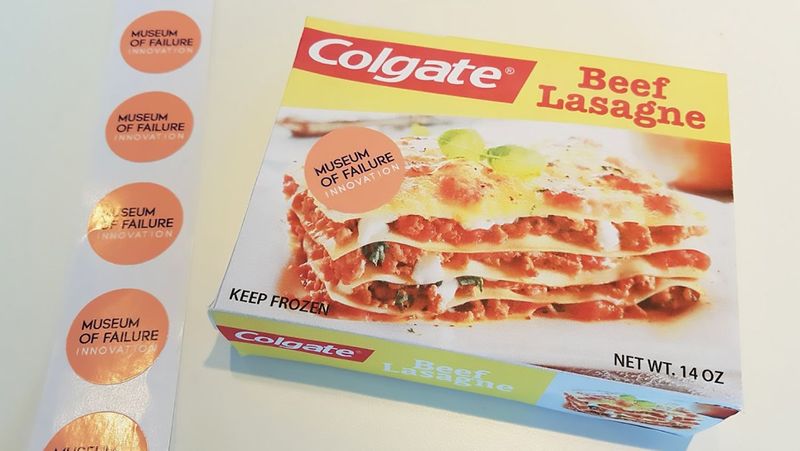
In a surprising move, Colgate launched Kitchen Entrees, a frozen food line, in the late ’80s. Known for toothpaste, Colgate’s attempt to diversify was met with skepticism.
Kids, who might have been curious, found the association with dental care off-putting. The meals themselves did not win any fans.
The brand crossover was confusing and ultimately unsuccessful. This endeavor shows the importance of brand identity and consumer expectations in product development.
Wow! Chips (Olestra)
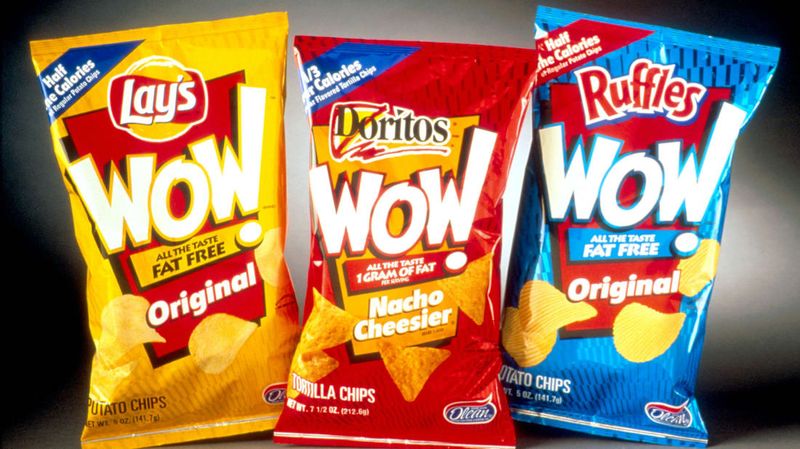
Wow! Chips were marketed as a fat-free snack that used Olestra, an innovative fat substitute. However, the side effects were not so pleasant.
Kids who tried these chips may have been alarmed by the digestive issues that followed. Although the taste was similar to regular chips, the after-effects were a deal-breaker.
This product’s downfall highlights the need to prioritize health and honesty in food marketing. Wow! Chips serve as a cautionary tale in the snack industry.
Haribo Sugar-Free Gummy Bears

Haribo’s Sugar-Free Gummy Bears gained infamy for their laxative effects, thanks to the sugar substitute used. Initially, kids might have been drawn to the familiar shapes and flavors.
However, the consequences of consuming these gummies were not so sweet. Reports of stomach discomfort quickly overshadowed any initial appeal.
This gummy bear saga underscores the importance of transparency in food ingredients and the potential pitfalls of reformulating beloved snacks.
Heinz EZ Squirt Ketchup

Heinz introduced EZ Squirt Ketchup in unconventional colors, aiming to make meals fun for kids. While the vibrant hues were eye-catching, the novelty soon wore off.
The familiar taste of ketchup clashed with the unnatural colors, leaving kids less than enthusiastic.
What seemed like a playful twist on a classic condiment ended up confusing the senses. Heinz’s colorful experiment demonstrates the delicate balance between creativity and maintaining the essence of traditional foods.
McDonald’s Arch Deluxe
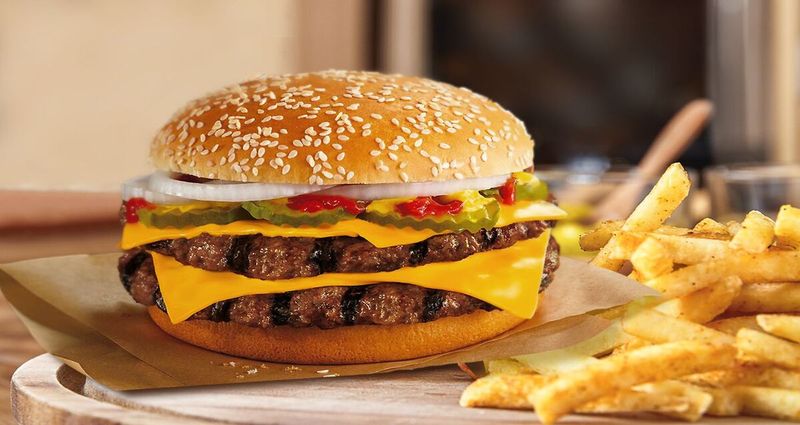
The Arch Deluxe was McDonald’s attempt to create a sophisticated burger for adults. However, its marketing failed to capture the interest of kids and even some adults.
The burger’s upscale ingredients didn’t resonate with those who sought the familiar taste of McDonald’s.
Kids preferred the classics, leaving the Arch Deluxe to fade into obscurity. This burger’s story reminds us that not all innovations align with brand identity or consumer desires.
Lifesavers Holes
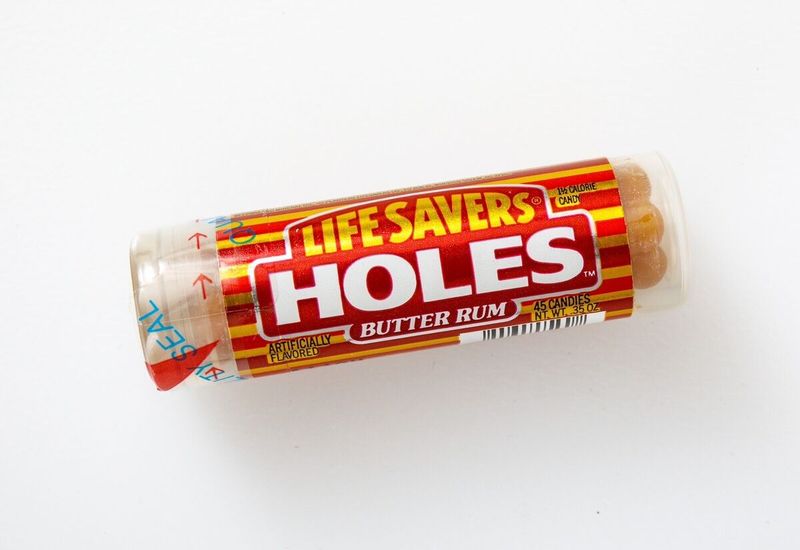
Lifesavers Holes were introduced as bite-sized versions of the iconic candy. While the concept seemed promising, it failed to capture interest.
Kids found them less satisfying than the original rings and the novelty quickly faded.
The effort to innovate with size and shape didn’t translate into a lasting success. Lifesavers Holes highlight the challenge of maintaining brand appeal while attempting to innovate.
Pepsi Blue
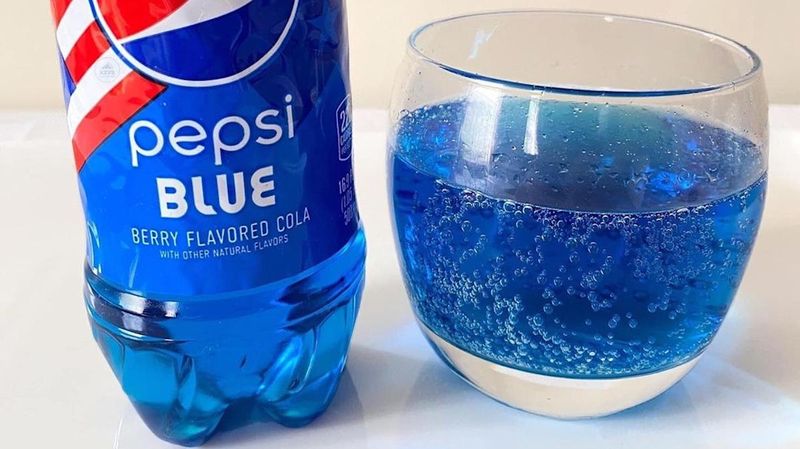
Pepsi Blue was launched with the hope of capturing the youth market with its vibrant color and berry flavor. However, the combination was met with mixed reviews.
Kids found the taste too artificial, and the attempt to reinvent cola didn’t resonate.
The vivid hue that was supposed to be a draw ended up as a deterrent. Pepsi Blue’s story illustrates the challenges of aligning flavor innovation with consumer expectations.
Leave a comment